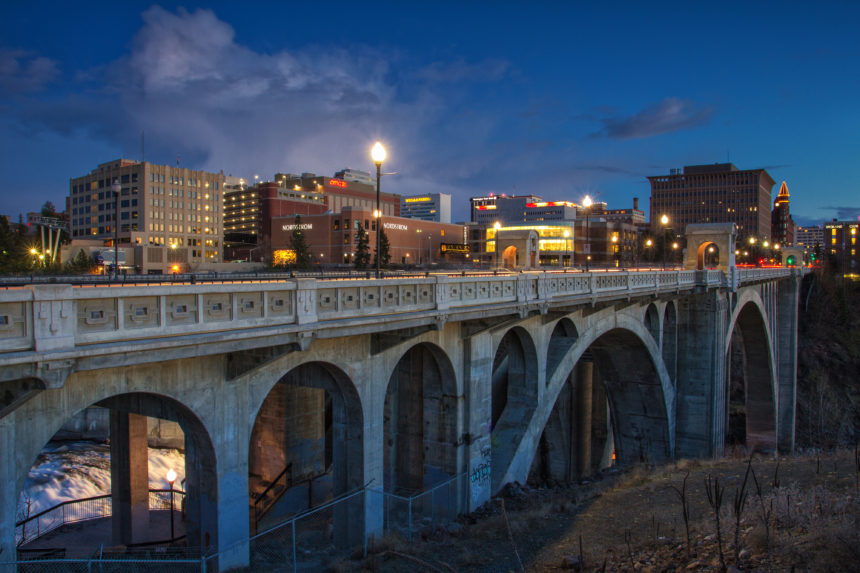Written by David Downey, President & CEO of the International Downtown Association
The health of a city can be felt in the vibrant energy of its downtown area. The concentrated businesses, offices, and other commercial establishments create a hub of activity which drives a modern-day experience economy for people to access goods and services, in turn driving the economic success of our cities. Downtowns have long been recognized as engines of economic growth and innovation and in a global knowledge-based economy, I believe they will continue to do so for generations ahead.
The pandemic certainly disrupted this economic engine. Downtown areas were among the hardest hit, with businesses closing their doors as daytime office workers stayed home and indoor gatherings were limited. In many ways, the pandemic deepened our appreciation for the importance of mixed-use urban districts. In walkable urban neighborhoods, where mixed income housing options existed alongside jobs and services, activity thrived.
As we now take on a recovery posture, we are reminded of the resilience and determination of communities to rebuild. We are seeing extraordinary efforts to reinvigorate downtown areas across the nation focused on developing more complete communities with strategies focusing on supporting local independent businesses, entrepreneurs, and major employers all of whom continue to demand some level of a downtown presence. The days of single use business districts are quickly giving way to plans for mixed use urban centers complete with a stronger mixed income residential component and a variety of community spaces to comprise a workplace ecosystem.
It is in part for this reason we can confidently say the days of downtowns are far from over. They will continue to serve as the epicenter of commerce, capital investment, diversity, public discourse, socialization, knowledge, and innovation. Downtown areas nationwide comprise only 3 percent of a city’s land area on average, yet can provide for more than 20% of a community’s tax revenues. Despite the challenges ahead, downtowns will continue to play a deeply significant role in the local economy and will forever be the heart and soul of our communities.
Downtown areas are home to a community’s cultural institutions, as well as parks, public spaces, and historic landmarks which contribute to the social and cultural vitality of the city, making it a more attractive place to live, work, and visit. By providing a mix of amenities and attractions, downtowns create a unique and appealing atmosphere that attracts visitors and residents alike.
Downtown areas serve as the transportation hub of a city, with major transit lines, bus terminals, and transportation centers located in or near downtown. This makes it easier for people to access various parts of the city, providing important connections for both residents and visitors. The latest U.S. Surgeon Generals 2023 Advisory on the Healing Effects of Social Connection and Community lists transportation as part of the social infrastructure needed to address the epidemic of loneliness and isolation. Accessibility and convenience to downtown creates a ripple effect that also benefits the entire region, driving economic growth and promoting prosperity. A city like Spokane is no exception, as a hub in its own right to the Inland Northwest.
The future of downtown remains somewhat uncertain. However, the resilience of downtowns and their ability to adapt to change positions them well for continued success. Most importantly, the will to effect change rests largely with local public, private, and civic leaders. Prior to the pandemic and still resolute today, Bruce Katz notes in his book The New Localism that, “Power is shifting in the world: downward from national governments and states to cities and metropolitan communities; horizontally from the public sector to networks of public private, and civic actors.” In the coming years, we may see a shift in the ways we evaluate and utilize downtown areas, but their importance as economic engines and as the soul of the city will remain.
This piece was featured in the Downtown Spokane Partnership’s 2023 Annual Report. To read the full report, click below.

